
The 9 Box Grid A Practitioner’s Guide AIHR
To build a nine-box grid that aligns with your talent management strategy, you will need to go through four steps: STEP 1: Determine your target. Identify the talent groups you need to focus on to create the most impact. STEP 2: Define performance criteria. Understand how to measure performance in a structured and objective way.
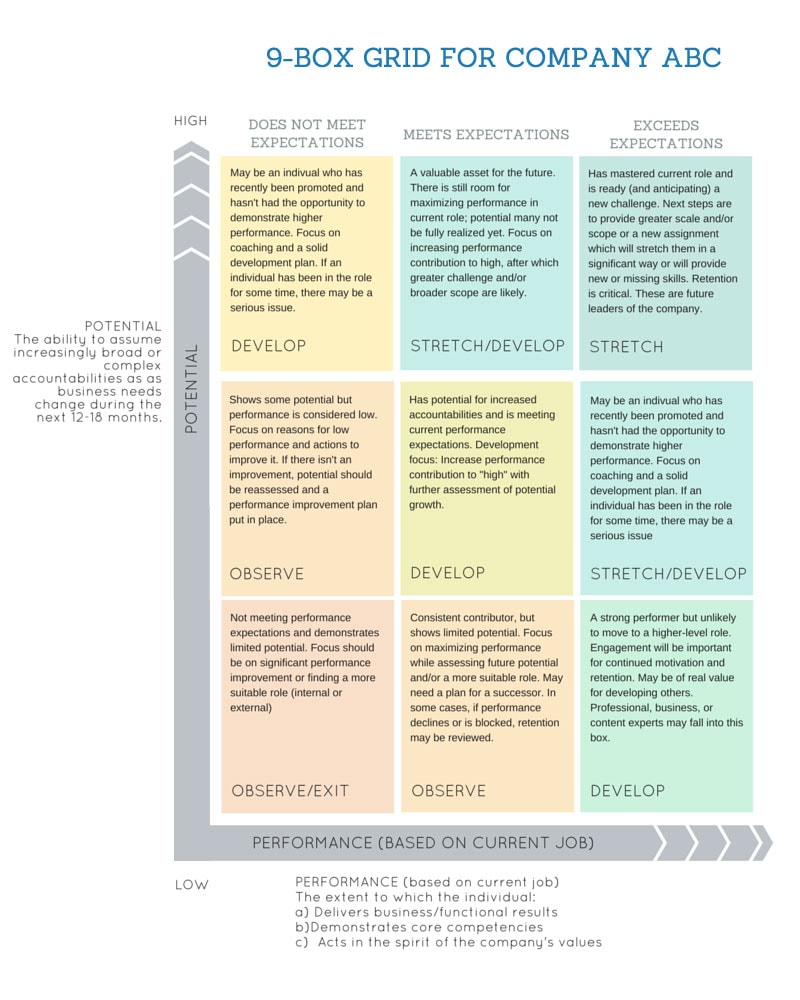
Why you need to use the 9 Box Matrix » College for Adult Learning
The 9-box grid is an employee appraisal tool that categorizes and represents employees based on nine factors. It is a grid-based system that can be used to assess employee performance levels and growth potential to place them into each of these nine segments. One axis represents the performance level and the second axis represents the potential.

What is The 9box Grid Model? 9box Grid Model In A Nutshell FourWeekMBA
How much an employee works and with what quality. These 2 variables are both quantified into three categories: High. Medium. Low. The result is a 3 x 3 Matrix with 9 possible Profiles: Classic 9-Box Performance Grid representation. If you think about it, it is a Future/ Present comparison: Where someone could get vs Where he is right now.
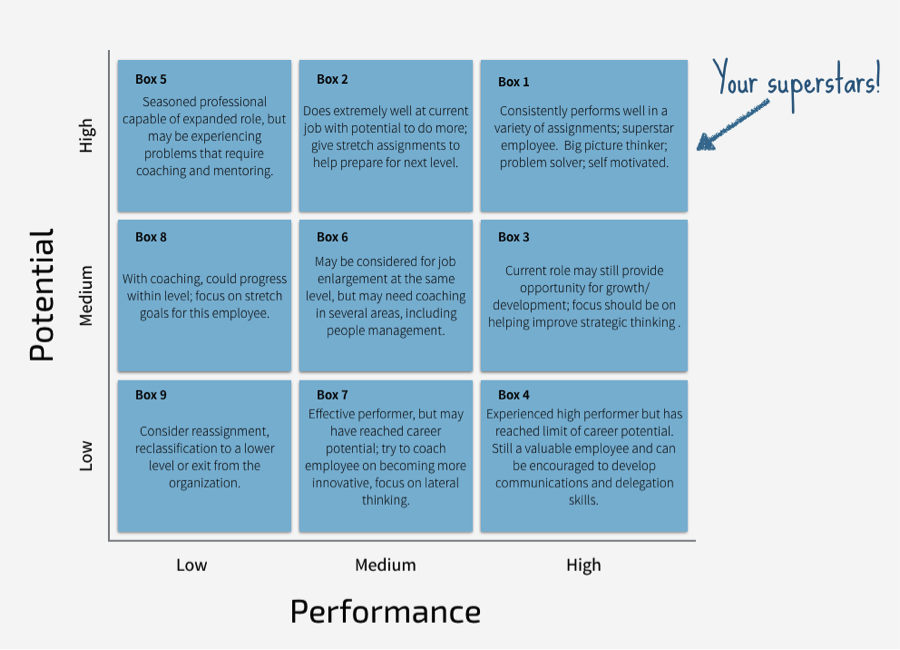
Succession Planning with The 9Box Grid on Performance Reviews Trakstar
The 9-box grid is a grid-based tool used to assess employees. It's also known as the 9-box performance or a 9-box matrix. The 9-box grid evaluates an employee's performance and potential across nine key points. This technique is used to track performance, review performance, and manage performance. It consists of a chart in which the X-axis.

Performance Values Matrix 9 Box Grid
Source: AIHR Analytics . Typically, the 9-box grid is used in succession planning to evaluate current talent and identify potential leaders. When leadership performance and potential are assessed and plotted on the graph, individuals in the upper right quadrant are identified as high-potential candidates for succession, while those in the lower-left area may need to be reassigned or removed.
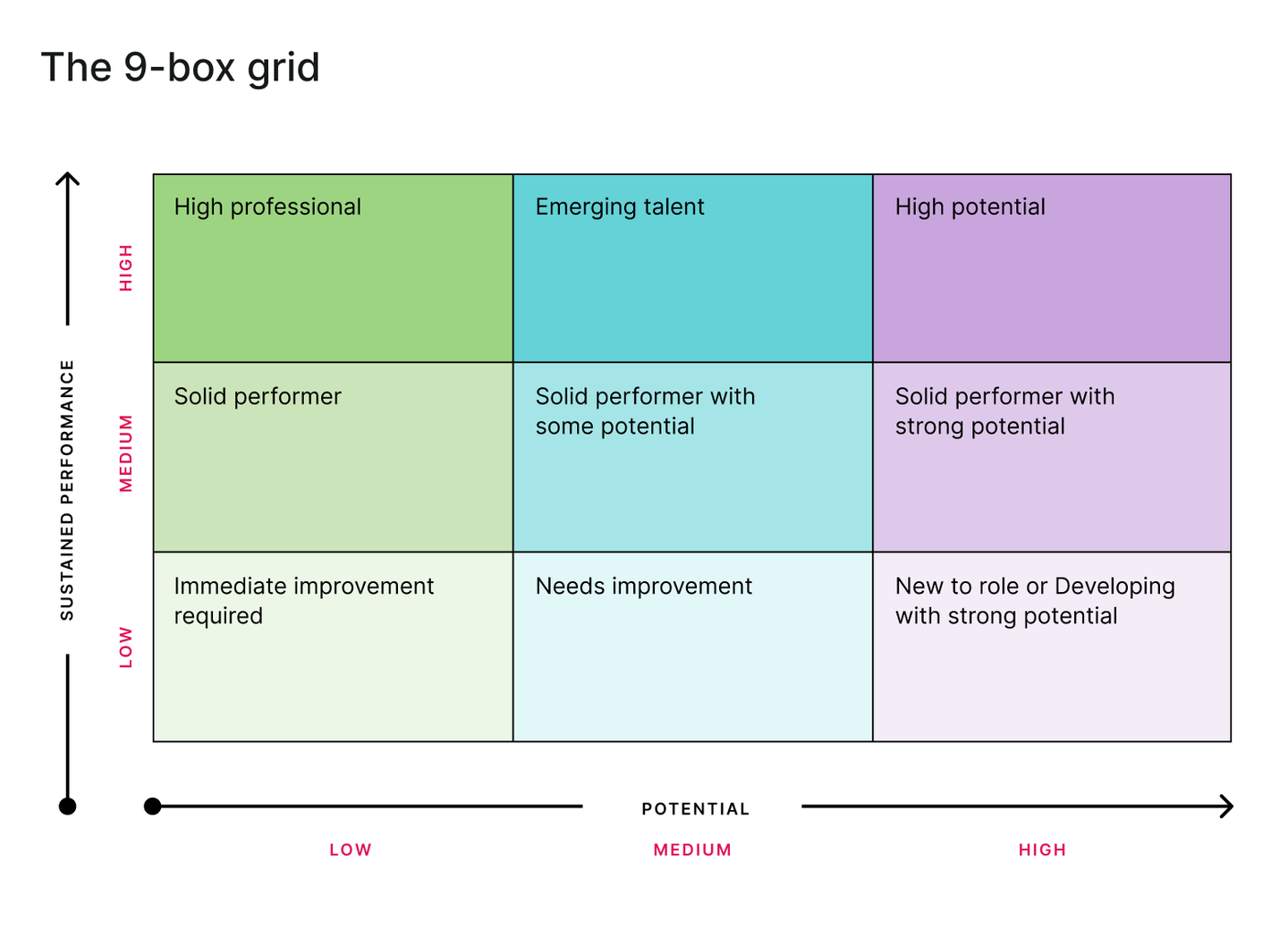
Pros and cons of using a 9box grid for succession planning Culture Amp
Step 3. Bringing it together. The next step is to plot performance and potential on a 3×3 grid, resulting in the 9 box grid. The brilliance of this grid is that for each box in the grid, organizations can use different talent management techniques. Segmenting and categorizing talent is not about placing people in boxes.

Blank 9 Grids Collage Classic Collage Template and Ideas for Design Fotor
The 9-box grid is an evaluation tool used in employee development and succession planning. The 9-box grid is represented by a nine-cell matrix. Each cell, which guides future action for management, represents a class of employees based on varying degrees of performance and potential. The 9-box grid is a flexible approach to employee evaluation.
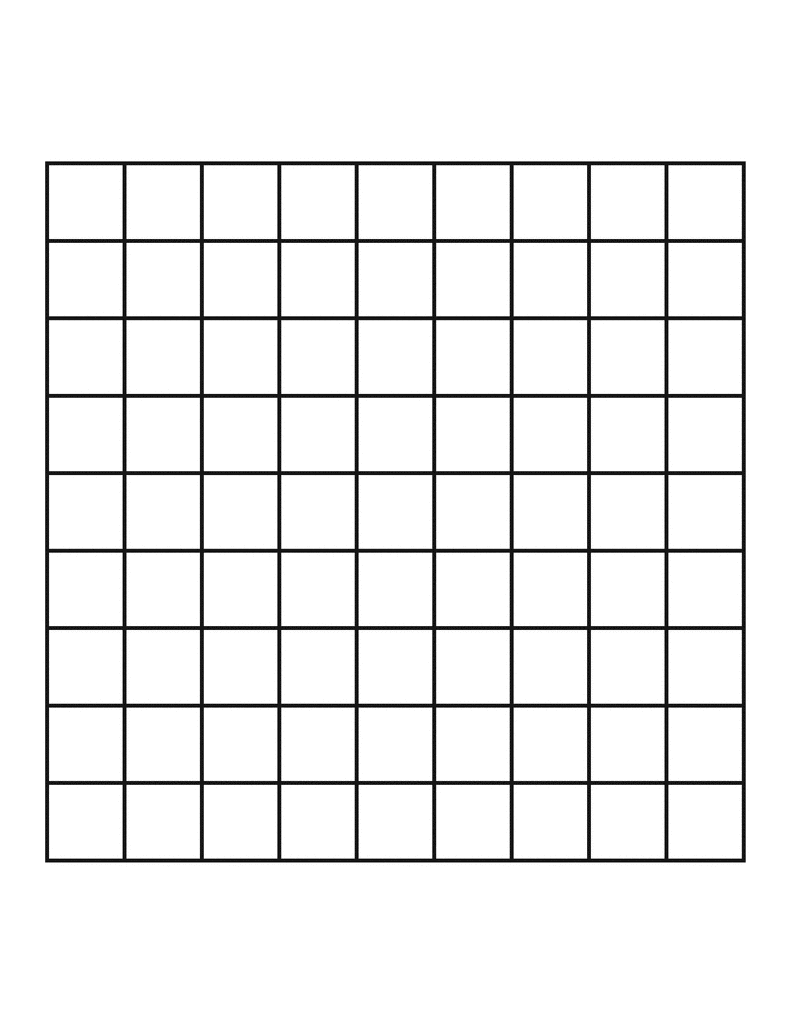
9 by 9 Grid ClipArt ETC
The 9 box grid is an employee assessment tool that divides and plots employees across 9 key data points. It is a grid-based system used to evaluate employees' performance levels and potential for growth to fit them into each of these 9 segments. Regularly used by those in HR and talent management roles, the 9 box grid is especially useful as a visual tool.

newMediaWiki [licensed for use only
The 9-Box Grid and the Performance-Values Matrix. A 'nine-box grid' is a matrix tool used to evaluate and plot a company's talent pool based on two factors, which most commonly are performance and potential. Typically on the horizontal axis is 'performance' measured by performance reviews. On the vertical axis is 'potential.

The 9 Box Grid A Practitioner’s Guide AIHR
How to Create a 9-Box Grid in 3 Steps. There are three steps to creating a 9-box grid for succession planning for your organization: 1. Assess employee performance. During the first step, the performance level of each employee is assessed. The exact criteria to score performance varies depending on the needs of an organization.
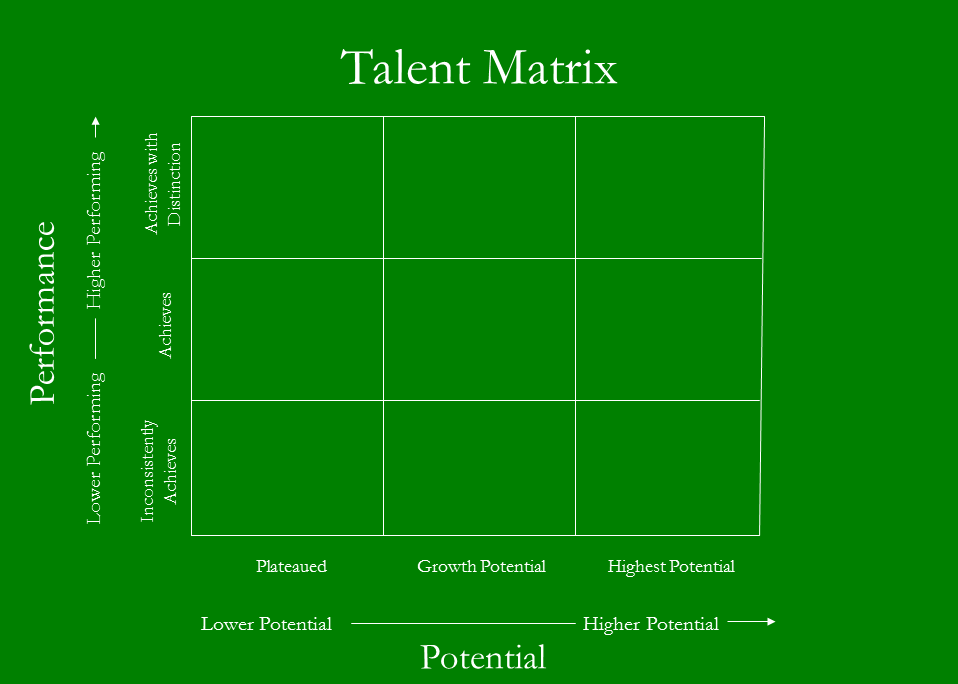
Leadership Training Programs The 9 Grid Matrix
The 9-box grid is most commonly used in succession planning as a method of evaluating an organization's current talent and identifying potential leaders. When leadership performance and potential.

Wat is de nine box performance matrix en hoe optimaliseer je die?
The Nine-Box Grid for Talent Management helps you to evaluate talent in your team, by categorizing people based on their performance and their potential. This helps you think about how to train and develop individual team members. The grid's nine categories are: Star Performer (high potential, high performance).

Box Grid Succession planning, Employee development, Excel templates
Summary: There is a lot of controversy surrounding the 9-box grid, a super-simple method of employee evaluation. Some experts consider it outdated and inaccurate, while other HR pros have been using it for years in their companies. In this article, you'll learn everything you need to know before implementing the 9-Box Grid in your organization and get a comprehensive Excel template for a.
Learning Reflections Launch of our new 9Grid™ model mapping LMS and e
Teamflect's 9 Box Grid. Teamflect's 9 Box Grid Succession Planning Function. Unlike the rest of the templates on this list, this is not just an Excel document. Teamflect's 9-box grid is an interactive template that you can add automatically to the end of any performance review you conduct within Microsoft Teams!
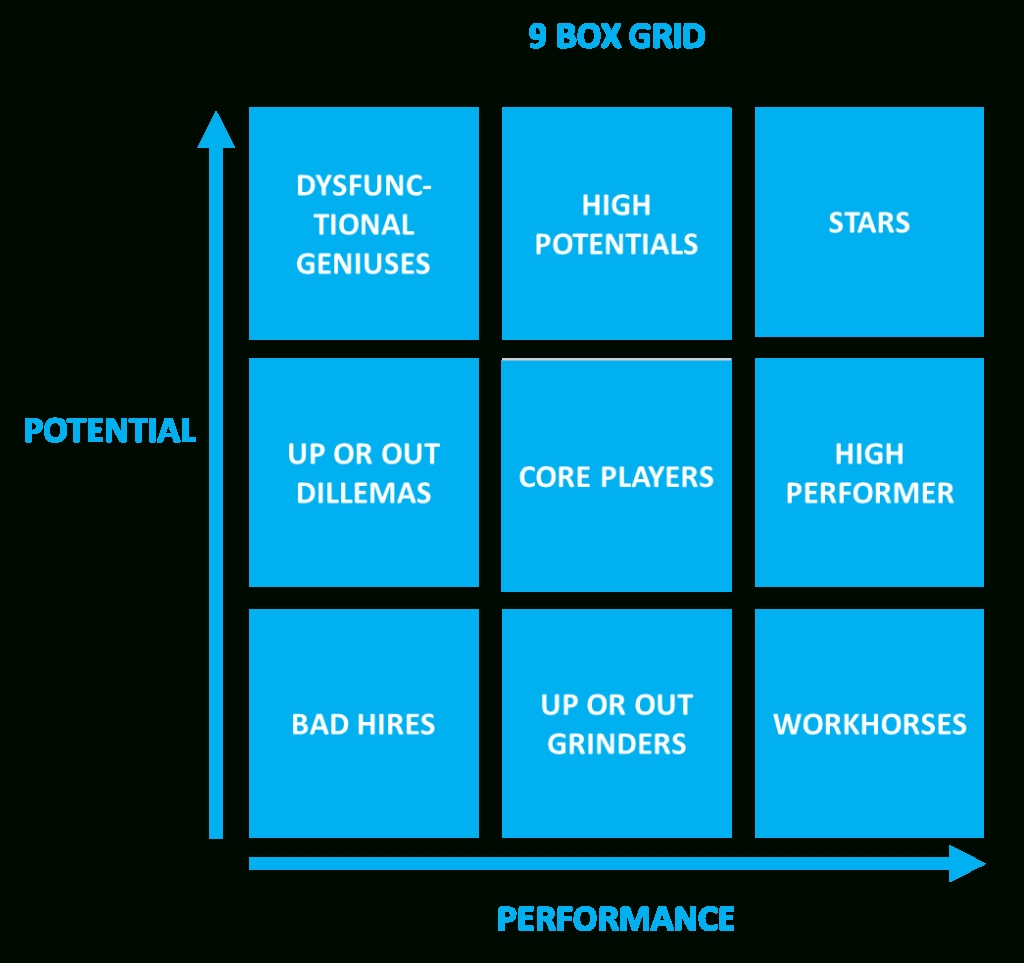
Free 9 Box Grid Template Best Calendar Example
The 9-box model—also called the 9-block grid—is an assessment tool that simplifies performance management by placing an employee within a framework that determines their future within the organization. In the 9-box framework, managers evaluate an employee's work on two axes: Past performance. Future potential.

Wat is de nine box performance matrix en hoe optimaliseer je die?
The 9 box grid is a talent management and evaluation tool that can help you review employee performance and identify areas for growth and improvement. McKinsey developed this assessment method in the 1970s to help General Electric prioritize investments across its 150 business units. It has evolved since then into an HR management tool used to.